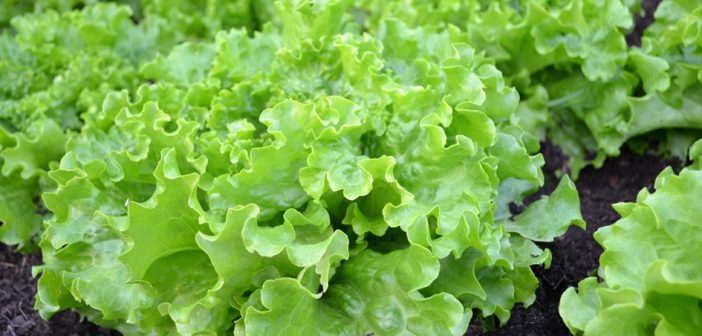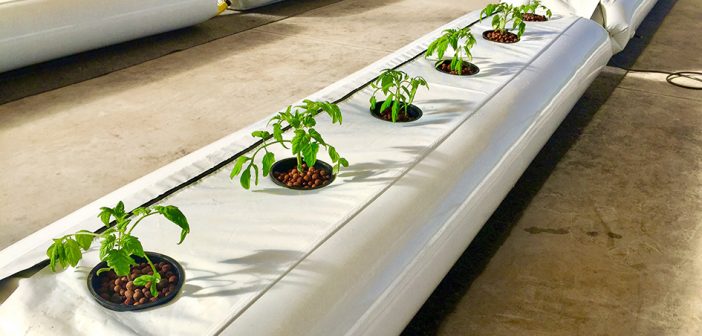Following its confirmation as a new disease in October last year, Lettuce Fusarium wilt caused by Fusarium oxysporumf. sp. lactucae(FOL) has now been confirmed by laboratory analysis at two new sites in Lancashire, while a further outbreak is suspected at a site in Cambridgeshire.
All outbreaks confirmed to date have been caused by FOL race 4, which is also present in the Netherlands, Belgium and Ireland. For protected cropping, Basamid (dazomet) is approved for de-infestation of soil before planting (one application in every third year) and is known to have activity against lettuce FOL, but in open field situations a long period between crops is advised as the disease can survive in the soil for several years.
Plants with suspect leaf symptoms should be cut in half from top to bottom to check for red/brown staining in the root which is a characteristic symptom of Fusarium wilt. Samples can be sent to Dr John Carkson at Warwick University for testing.

Photo Caption: Lettuce growers are warned to be vigilant for signs for Lettuce Fusarium wilt.
Photo Credit: pxhere
The post Lettuce Fusarium wilt confirmed at new sites appeared first on Hort News on 6 September 2018.

